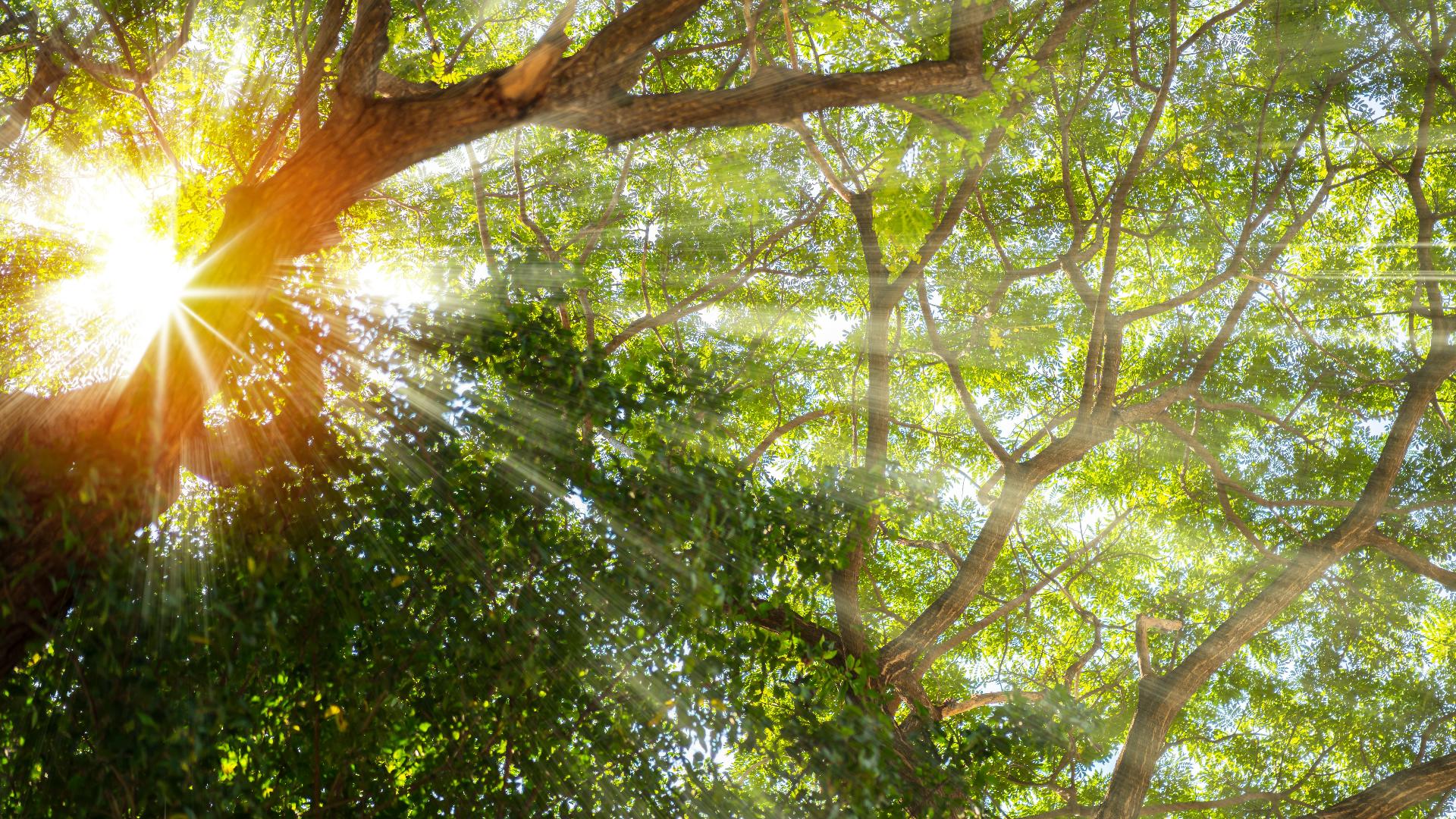MT RAINIER, Md. — New data from health authorities in the region show a huge spike in heat related illnesses as the temperature skyrocketed beginning last week.
Increasing episodes of heat are an equity issue, particularly related to the tree canopy cover in neighborhoods, according to Jad Daley, CEO of American Forests which provides data showing a close correlation between tree cover and community impact through its online digital tool TreeEquityScore.org.
In Virginia, health authorities reported 98 people were treated for heat related illnesses statewide, on Saturday when temperatures in many areas exceeded 100 degrees. Fairfax County has had the highest number of illnesses this season, according to health records.
In Maryland, the Health Department says there were 167 ambulance calls and hospitalizations statewide on Saturday. Prince George’s County was a high impact area.
The District of Columbia did not provide data to WUSA9.
So far in 2024, four people have died from heat in Virginia, and two have died in Maryland. Both Maryland deaths occurred in Prince George’s County.
According to TreeEquityScore.org, neighborhoods impacted by poverty and which have a high percentage of minority residents average 7 degrees hotter during such episodes due to a lack of tree canopy.
To illustrate the issue, Daley visited an apartment complex in Mt. Rainier, Maryland where 40% of residents live in poverty and the tree coverage is only 14%. The Tree Equity Score of the area is 50.
By contrast nearby University Park has a tree score of 100, where 55% of the community is covered by trees, and only 2% of the population lives in poverty.
“If I show you a map of trees in our cities, it's like a map of income. And it's a map of race in ways that transcend income, and we can prove it,” Daley said. “The lowest income neighborhoods have 26% less tree cover than the wealthiest neighborhoods and are more than seven degrees Fahrenheit hotter on the hottest days.”
Daley reflected on the region’s recent battle with heat in the past week.
“Because lower income neighborhoods are the ones that have less tree cover, these are also the same neighborhoods where people's homes are less resistant to heat, where people are less likely to have air conditioning, or to be able to afford to run it,” Daley said, noting that the same census tracts are where people are more likely to have preexisting health conditions and be less likely to afford health care in the emergency room visits.
“We've been looking at trees and cities like they're just scenery. It is life giving infrastructure. It's like sewers, or roads or stoplights. To not have trees in your neighborhood is literally life-threatening to the people who live there,” Daley said.
The issue has the attention of authorities in Prince George’s County, which has accelerated tree planting in urban zones, according to Andrea Crooms, Director of the county’s Department of Environment.
According to the county’s Climate Action Dashboard, 14,000 trees have been planted in the county since the beginning of 2024.
The state of Maryland reports at least 28,000 trees have been planted in underserved urban areas since 2021.
Prince George’s County has received $200,000 in federal grants to support its ReLeaf effort. The county will be applying for $1.5 million more, Crooms said.
The funding is available to communities thanks to $1.5 billion allocated for urban forestry development in the American Infrastructure Act.
Daley said it’s the largest investment in urban forestry in the world, making the US an international model for correcting tree equity issues.
WATCH NEXT: Giant Pandas coming to San Diego Zoo from China

